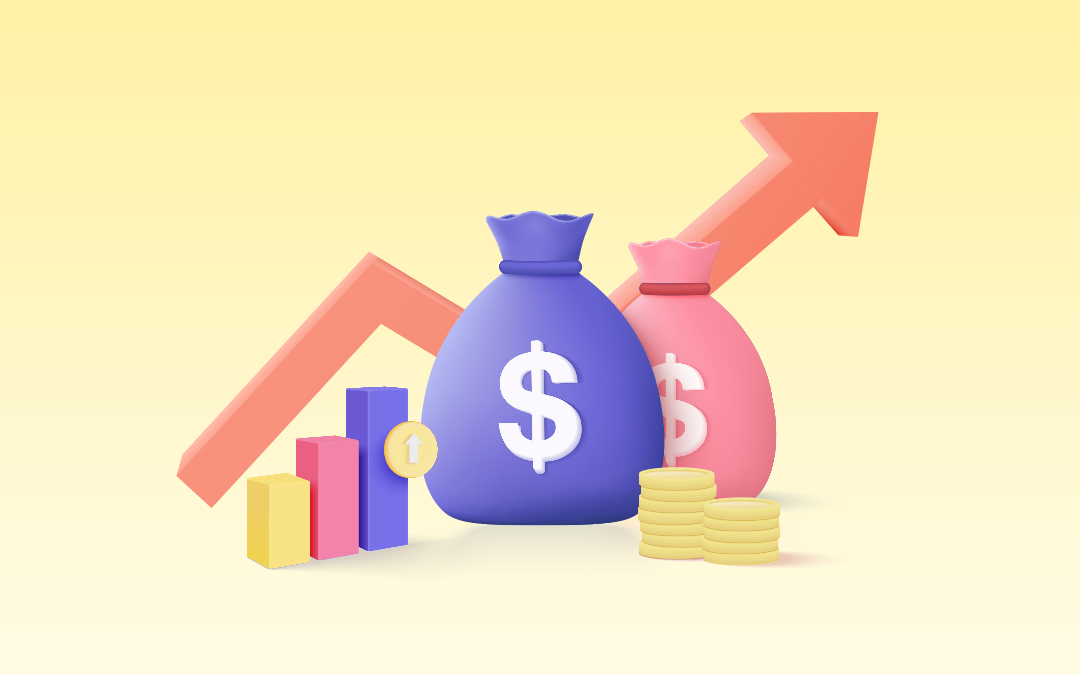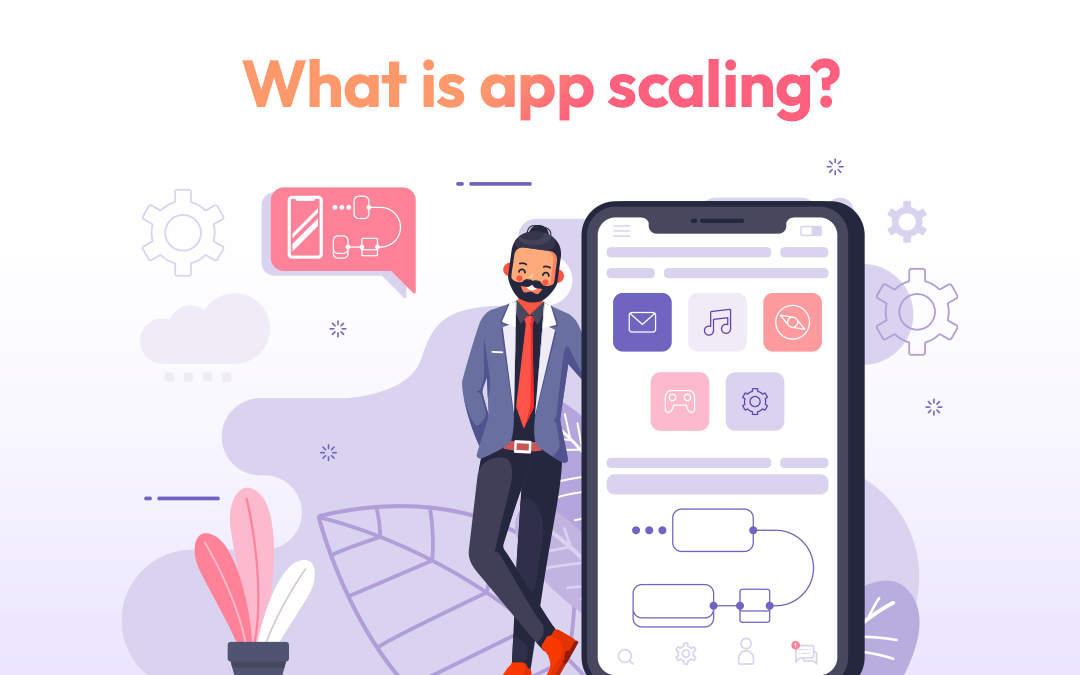
What is the Surge (Dynamic) Pricing Model, Examples, And How Does it Works?
Picture this - it's raining outside, and you are getting ready for the office (😉 I hope it's not Monday).
Now, you are about to book a ride and see that the ride fare is doubled compared to your last ride.
Or your Uber ride message says "Demand is off the charts! Fares have increased to get more Ubers on the road. Your ride will be 2.5X the normal fare."
What would be your first reaction?

Have I guessed it right?
Surge (dynamic) pricing is the reason for your mood right now.
What is surge pricing?
💰 Surge pricing is also known as the dynamic pricing model used by ridesharing companies like Uber & Lyft where fares are increased to balance the supply and demand.
This is why you find increased pricing during rush hours, events, and rainy seasons.
Popular ridesharing companies use this economic model to provide services to customers who are in desperate need of a ride and are willing to pay for it when supply is limited.
Why do rideshare companies use surge pricing?
Let's go again to our previous example. (yeah you are still looking at the mobile screen to book a taxi)

You notice that the price has been quadrupled and are contemplating whether or not to take a taxi.
And finally, you decide to book a taxi, even though the price is high 📈.
This is precisely what the ridesharing companies want to do with surge pricing.
They know there's high demand for taxis in a particular location but only a few drivers are available.
Utilizing surge pricing, they can serve people who desperately need their service and these people don't have to wait a long time to get a taxi.
Got it?
Impact of surge pricing on customers
People who can afford to pay the incremental fare can take a ride but what about the people who can't?
Using surge pricing often can lead to a decrease in customer loyalty and retention because they feel exploited.
But there are some benefits too.
✳️ Customers don't have to wait longer during peak hours.
✳️ Surge pricing enables aggregators like Uber to offer services at a lower price on a regular period.
How does surge pricing work?
In Uber, surge pricing is calculated based on the real-time demand in a particular location.
Say, there is a popular event at your place, and Uber might get a lot of ride requests from people around your location at a particular period.
Now Uber's algorithm detects this surge, adds a multiplier to the standard rates, and will show this updated fare to the customers on their mobile app.
Examples of companies & industries that use surge pricing
Few popular companies & industries who are using surge pricing:
✳️ Uber
✳️ Airbnb
✳️ Google Ads
✳️ UberEats
✳️ Amazon
✳️ Airlines
✳️ Retail
✳️ Hospitality
✳️ Sporting
✳️ e-Commerce
Types of surge or dynamic pricing
✳️ Time based pricing
✳️ Geographical pricing
✳️ Demand-based pricing
✳️ Competitive pricing
✳️ Segmented pricing
Wrapping up
The benefits of surge pricing are subjective.
It'd be beneficial for the rideshare company and the drivers.
But it might not be for some end-users.
We have seen everything about it and it's now up to you to decide.





